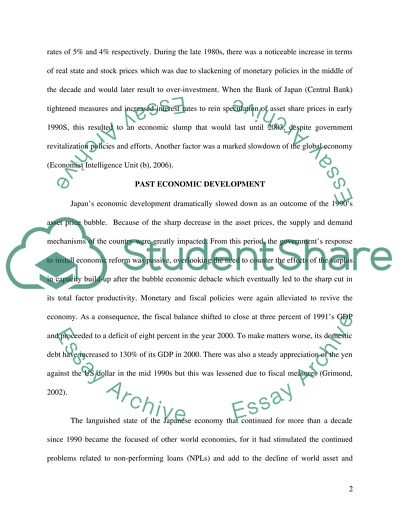Cite this document
(“Economy of Japan Essay Example | Topics and Well Written Essays - 3250 words”, n.d.)
Retrieved from https://studentshare.org/politics/1517110-economy-of-japan
Retrieved from https://studentshare.org/politics/1517110-economy-of-japan
(Economy of Japan Essay Example | Topics and Well Written Essays - 3250 Words)
https://studentshare.org/politics/1517110-economy-of-japan.
https://studentshare.org/politics/1517110-economy-of-japan.
“Economy of Japan Essay Example | Topics and Well Written Essays - 3250 Words”, n.d. https://studentshare.org/politics/1517110-economy-of-japan.


